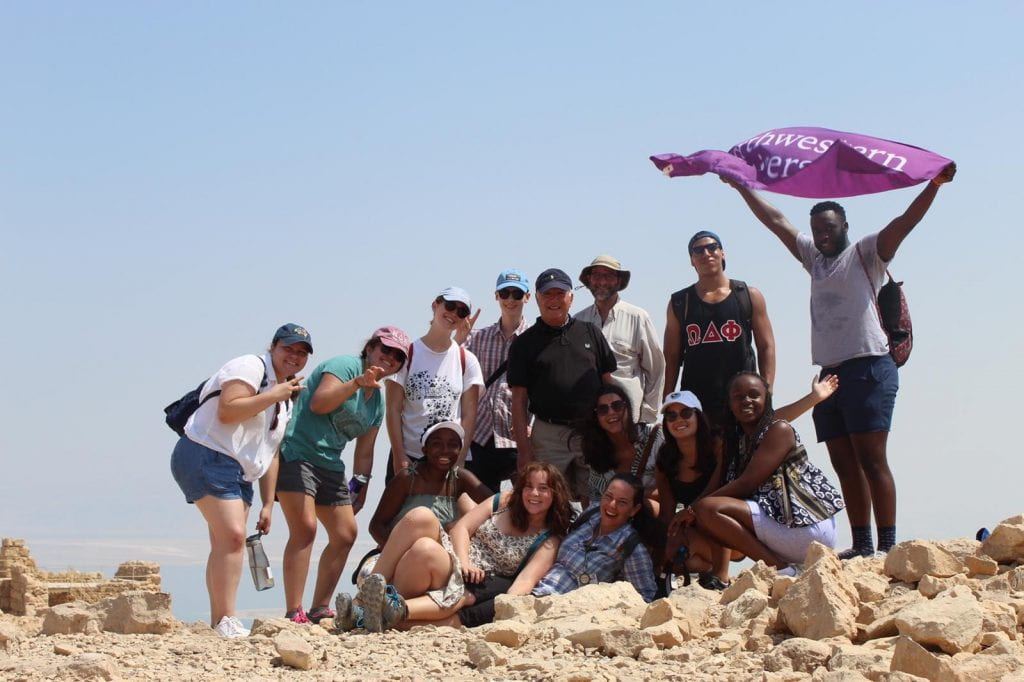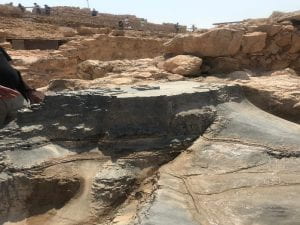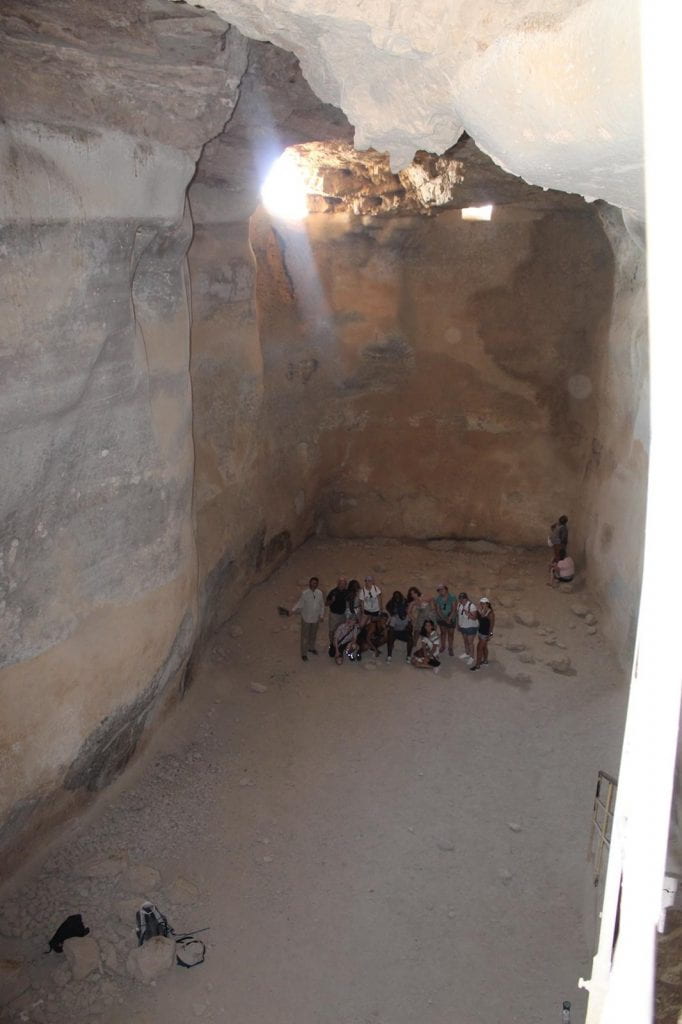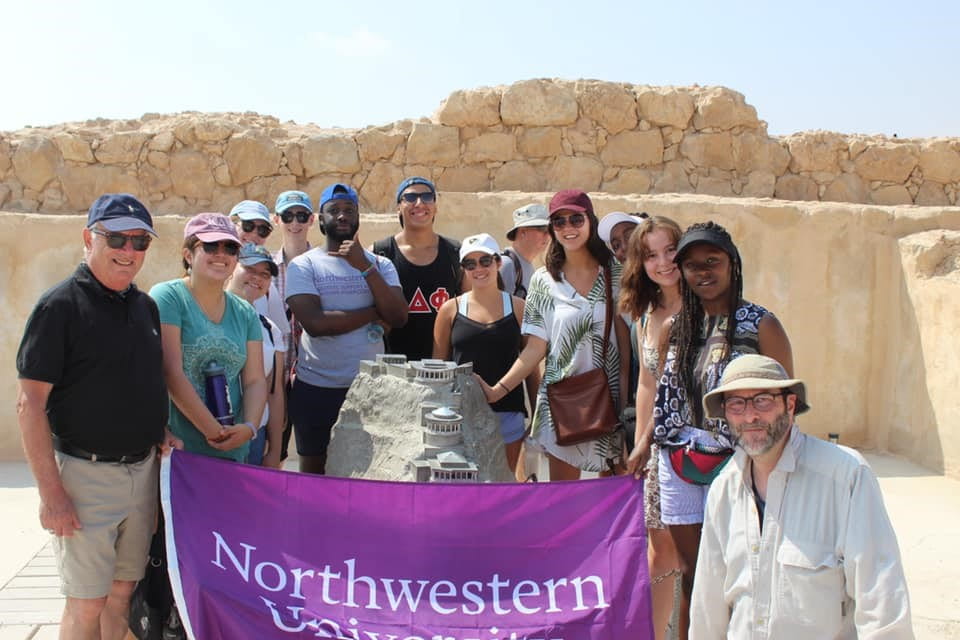Ancient Water System Models and the Dead Sea
By Deogratias Mukuralinda and Hannah Paridis
Though we took the cable car going up, we were out of breath; not because of the scorching heat or the vertigo (it was high!), but because of the beautiful sight of the Negev desert and the Dead Sea. It truly was breathtaking.
On day 3 of the GET Israel, we visited Masada, which means strong foundation in Hebrew. 400m above the Dead Sea, this was a fortress built in 30BCE for King Herod as his resort, chill place, and vacation home in today’s terms. The Zealots managed to gain control of Masada in 68CE, and 960 of them inhabited the mountaintop under Roman siege until they were finally taken over in 73CE.
It was interesting to hear Masada’s strategic advantages. It is a rock cut out from the rest of the mountains, so enemy attacks were harder, as asserted by Josephius Flavius’s accounts. Much of what we know about Masada is what is documented by Flavius, the Roman general leading the siege of Masada, but much of the archaeology corroborates his accounts. From famous mass suicide of the 960 Jews on Masada, who preferred to suffer the ultimate freedom of death than live as Roman slaves, the mountain now represents heroism to Israelis and is the site of a ceremony for the compulsory service in the Israeli Defense Force.
However, as this is a water trek, let us focus on water. The Masada settlement seemed to be in a perfect spot because the settlers could easily get water from the Dead Sea. But if you know anything about the Dead Sea, you should know how salty it is. Thus, they had to find other ways to get water. The desert region has very few incidents of rainfall during the summer, in which flash floods cascade down the mountains. The settlers established series of hydraulic aqueducts for the main source of water that would both feed from storms into the many cisterns they carved into the rock. One of the biggest cisterns we saw could hold 4000m3 of water.
These settlers used water for all sorts of things but one interesting thing was baths. The bath remains clearly show us that King Herod was indeed bougie — he had both cold and hot baths cut into the rock, expertly engineered millennia before electricity even existed!
The visit to Masada national park was over. We went down in the cable car but the temperature and humidity only rose to no end. So the move was to dip that heat off into the Dead Sea. Or should we say “float off the heat” to be more accurate. The day continued at the Dead Sea Premier, both a cosmetic and restaurant joint. We ate the authentic Israeli food buffet style: chicken kebab, pepper with rice and meat, peter bread and hummus. Elie and Tzahi were friends with the resort owners, as they are with all the people we come across on our tours, so they took good care of us.
Then we bought the famous Dead Sea mud to cleanse our skin. We went in the sea to get wet and then proceeded to rub the mud all over us. We stood in the sun for 10 minutes waiting for the mud to dry and then washed off in the sea. The sea is so salty that you need to immediately take a shower in “sweet water” so your body doesn’t dehydrate.
Some of us took home mud and salt products as gifts and to remember our experience. A more authentic souvenir were the salt crystals from the bottom of the Dead Sea that form because the water is so oversaturated with salt that it precipitates into spiky balls.
A tiresome day indeed but the fun was almost too much to handle. Grateful for Prof. Aaron Packman and Prof. Elie and our awesome driver Tzahi, who were complementing everything with historic and engineering point of views, making the day highly educational. And the rest of the trek members for making it a blast!
Eser and Echat-esre out!





